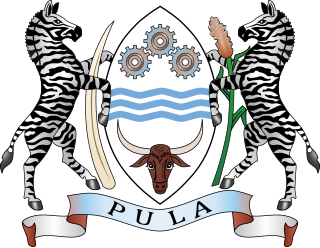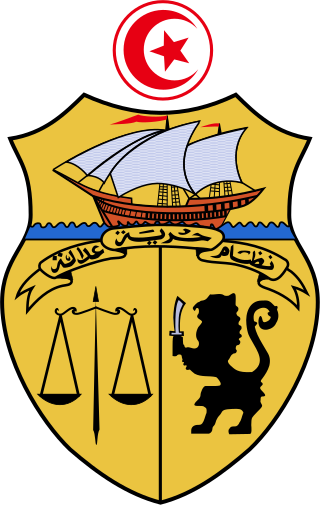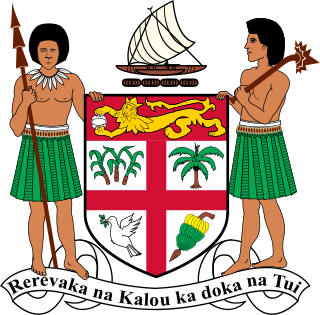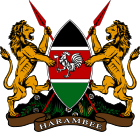A member of parliament (MP) is the representative in parliament of the people who live in their electoral district. Members of parliament typically form parliamentary groups, sometimes called caucuses, with members of the same political party. Many countries with bicameral parliaments, this term refers only to members of the lower house since upper house members often have a different title. The terms congressman and deputy are equivalent terms used in other jurisdictions.
In government, several constitutional arrangements use reserved political positions, especially when endeavoring to ensure the rights of women, minorities or other segments of society, or preserving a political balance of power.

Elections in Botswana take place within the framework of a multi-party democracy and a parliamentary system. The National Assembly is mostly directly elected, and in turn elects the President and some of its own members. The Ntlo ya Dikgosi is a mixture of appointed, hereditary and indirectly elected members.

Elections in Kenya take place within the framework of a multi-party democracy and a presidential system. The President, Senate and National Assembly are directly elected by voters, with elections organised by the Independent Electoral and Boundaries Commission (IEBC).

Following the 2011 Tunisian revolution, elections in Tunisia for the president and the unicameral Assembly of the Representatives of the People are scheduled to be held every five years. The assembly can be dissolved before finishing a full term.

Elections in Zambia take place within the framework of a multi-party democracy and a presidential system. The President and National Assembly are simultaneously elected for five-year terms.

The Legislative Council of Fiji was the colonial precursor to the present-day Parliament, which came into existence when Fiji became independent on 10 October 1970.

General elections were held in Kenya between 25 September and 2 October 1956, with additional elections in March 1957 for eight African constituencies, the first in which Africans could be elected. The elections in 1956 were open to Europeans, Indians and Arabs. In the European constituencies the results saw eight Independent Group members and six independents elected.

General elections were held in East Africa Protectorate in March and April 1920, the first elections in the country. The Legislative Council had previously consisted entirely of appointed members. The new Council consisted of 11 elected white members, two appointed members representing the Indian population and one appointed member representing the Arab population, as well as a number of appointees by the Governor. This allowed the Council representative, although not responsible government. The territory became Kenya Colony on 23 July.

General elections were held in Kenya Colony on 2 April 1924. The elections were the first under a new Constitution which saw suffrage extended to Indians and Arabs, who were allotted five and one elected seat in the Legislative Council respectively, alongside the eleven elected seats for the white population, although appointed members were still the majority. Whilst all adult Indian residents were given the right to vote, in the Arab community only men literate in Arabic or Swahili and resident in the country for two years were enfranchised, as the community had requested that women not be given the right to vote. One member was appointed to represent the majority black population.

General elections were held in Kenya Colony on 12 February 1927.

General elections were held in Kenya Colony in 1931. Five of the eleven white seats in the Legislative Council were uncontested, with Lord Delamere amongst those returned unopposed. Unlike previous elections, which were boycotted by the Indian population, this time the community participated. Fourteen candidates including two independents contested the five Indian seats. However, seven of them declared that they would not take their seats on the Council if elected until the separate voter rolls for whites and Indians were scrapped.

General elections were held in Kenya Colony between 26 March and 2 April 1938. Three of the eleven white seats in the Legislative Council were uncontested, whilst all Indian seats were contested, and saw more businessmen were elected than politicians. Lady Sidney Farrar became the country's first female Legislative Council member after defeating Conway Harvey in the Nyanza constituency by two votes.

General elections were held in Kenya in 1952.

General elections were held in Northern Rhodesia on 20 March 1959, although voting did not take place in two constituencies until 9 April. The United Federal Party (UFP) was expected to win the elections, and did so by taking 13 of the 22 elected seats on the Legislative Council.

Elections to the Legislative Council were held in Burma on 17 November 1925. Under the terms of the dyarchy constitution, the Legislative Council of Burma was advisory to the British colonial governor, and had some direct authority over education, local government, public health, agriculture and forests. The Nationalist Party received the most votes, but was unable to form a government as the British authorities favoured the Independent Party, who formed a government led by Joseph Augustus Maung Gyi.

Elections to the Legislative Council were held in the Colony of Aden on 4 January 1959.

General elections were held for the first time in Nyasaland on 15 March 1956.

General elections were held in Kenya in May 1948.

The Legislative Council of Kenya (LegCo) was the legislature of Kenya between 1907 and 1963. It was modelled on the Westminster system. It began as a nominated, exclusively European institution and evolved into an elected legislature with universal suffrage. It was succeeded by the National Assembly in 1963.








